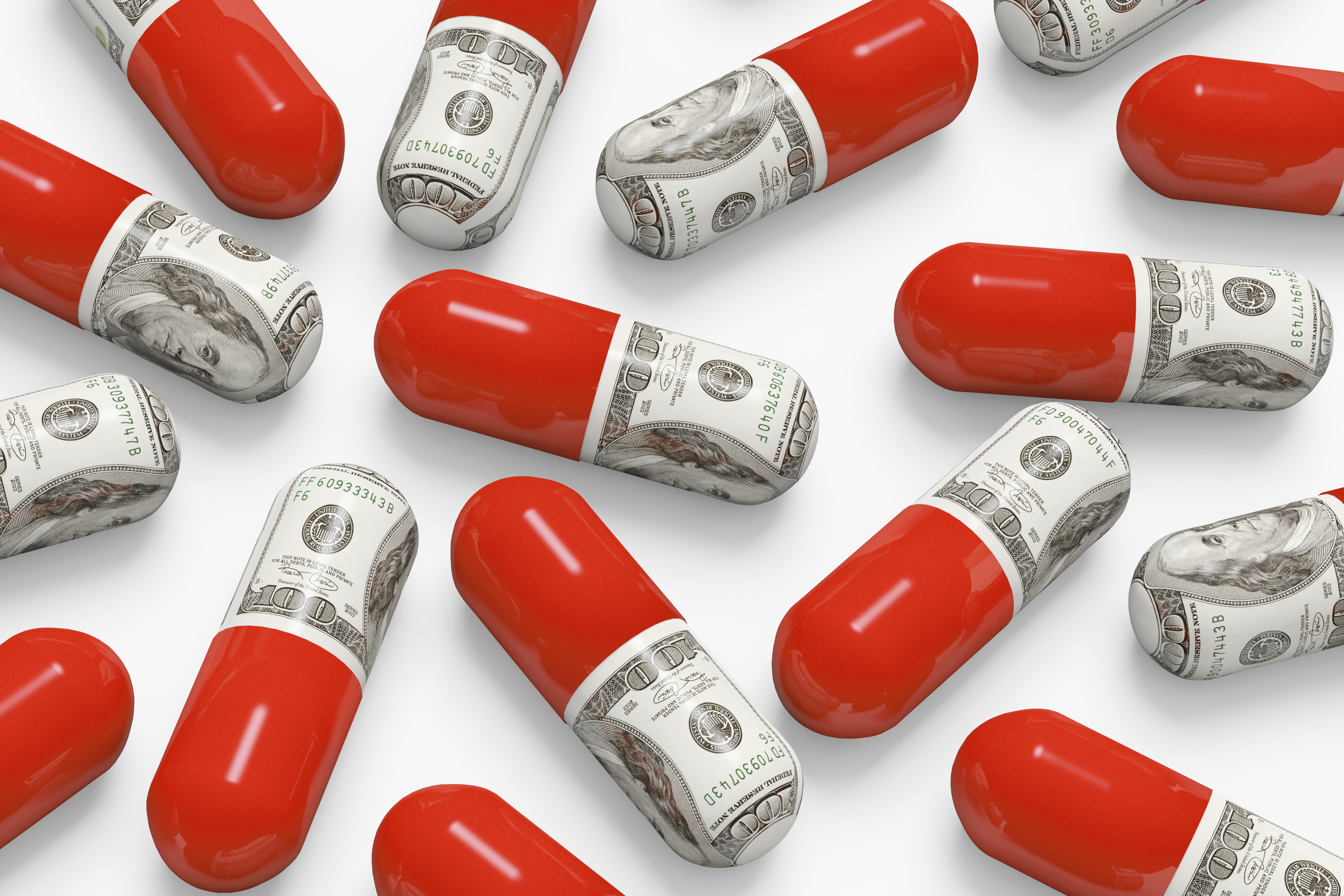When the federal government recently announced that it will allow pilot projects in a few states whereby wholesalers and pharmacists could import drugs from Canada, not all the details were apparent. It will be many years before the average American will be able to import any drug at all. And, it is likely that after completion of the lawsuits and the pilot projects, drug prices in Canada will rise, meaning Americans would not see lower costs. In addition, the pilot projects exclude the most expensive prescription drugs, called biological drugs.
There is a quicker and better way to achieve the same goal: Eliminate consumer use of prescription drug coupons. Prescription drug coupons immediately save consumers money on their prescription drug out-of-pocket expenses but this conceals a dark underside that costs billions of dollars on the back end. The federal government bans prescription coupons for Medicare or Medicaid because it believes that they are illegal kickbacks that violate federal law, but inexplicably allows them for patients with commercial insurance.
How Commercial Health Plans Control Costs
Commercial health plans manage the prescription drug benefit they offer to their employees or members. They incentivize more economical choices among consumers, but none of these methods are pain-free. Some plans have a closed formulary where certain drugs are excluded, while others have prior authorization where people with special circumstances can get the drug while others cannot. These plans are expensive to administer because the people running them need to have some knowledge of the disease and treatments involved, and they are frustrating for the patient and the clinician who face initial denials and subsequently have to provide more information to get approval.
As a result, many commercial plans have moved to a tiered formulary model, where drugs that should work well for most people and are cost effective (like generic medications or brand name drugs in a class with more reasonable pricing) are designated as tier 1. Less cost-effective options are designated as tier 2 or tier 3. The greater the tier number, the greater the out-of-pocket expense for the consumer. Consumers frequently ask for a less-expensive option if their clinicians write a prescription that is tier 2 or 3. This pressures manufacturers to lower the cost of the drugs directly or through rebates to the health plans.
Why Manufacturers Offer Prescription Drug Coupons
The Achilles heel of the tiered formulary is the prescription drug coupon. It allows people eligible for tier 2 or tier 3 drugs to pay a copay amount similar to that in tier 1. The consumer goes to the pharmacy with the prescription for the higher tiered drug, the pharmacist processes the prescription, the health plan pays their share and tells the pharmacist what copay to charge to consumer. The consumer uses the coupon to pay for the difference between the tier 1 copay and the copay for the higher tier and the health plan is none the wiser. Better access and immediate lower costs for the consumer sounds as American as apple pie, a true win-win.
Unfortunately, copays usually only cover about 20% of the total cost of the drugs, so the differential between tier 1 and 2 does not cover the increase in overall prescription drug spending. For example, a tier 1 generic cholesterol drug costs $60 and has a copay of $30, so the health plan pays $30 of the cost. The brand name statin in tier 2 costs $180 with a co-pay of $50, so the health plan pays $130 instead of $30 of the cost while the patient still pays $30. In this scenario, the manufacturer gets additional sales volume tempered by some small lost profitability. However, by eliminating any financial incentive for patients to use a lower cost alternative, the manufacturers can then increase the overall price for their product to make up for the lost per prescription profit margin.
What is the real impact on prescription drug utilization and cost? Coupons are estimated to increase brand-name (as opposed to generic) purchases by more than 60% and they substantially increase spending on other tier 2 and 3 drugs as well. Manufacturers of 23 brand-name drugs with new generic competition used coupons between 2007 and 2010, resulting in over $700 million in additional overall drug spending. Prescription coupons from all sources are estimated to increase 10-year prescription drug costs by $32 billion.
The Bottom Line
Drug importation is extremely complex and will take years to be available here, if it happens at all. In contrast, eliminating prescription coupons will allow market forces to reduce utilization and drug prices. If the federal government believes that these coupon programs are akin to illegal kickbacks in federally provided healthcare, they should be outlawed in the overall drug market as well.



